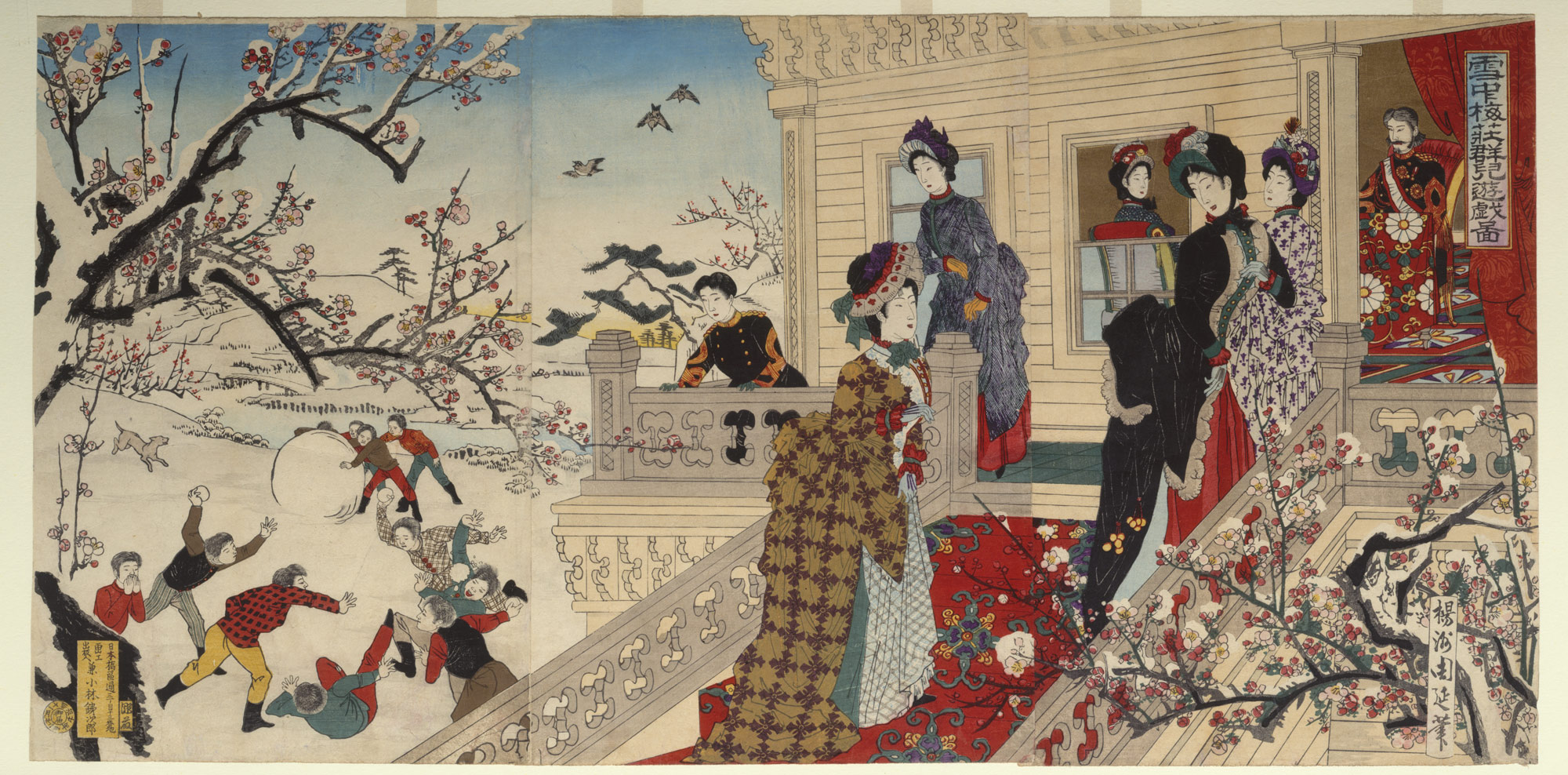Chinese Woodcuts and Modern Printing

Thesis Statement: Chinese Woodcuts mirror the development of modern printing techniques, however they were developed in different time periods and within different cultures.
ITEM #1
Topic Sentence: Chinese Woodcuts
Different Features #1
Topic Sentence:
Reason: Chinese woodcuts were developed in order to reproduce text in a way which was quicker and more efficient than hand-lettering. However, this method utilized a non-Roman alphabet, which presented unique challenges in that there were many more distinct characters in a given block of text than the woodcut’s Western counterpart in modern printing presses.
Evidence to Support: Han characters do not adhere to a singular system of character generation, such as in the case of Korean, and so each woodcut must be made to suit the text at hand, rather than pulled from a pre-existing pool of letters.
ITEM #2
Topic Sentence: Modern Printing Press
Different Features #2
Topic Sentence: The modern printing press utilizes the Roman alphabet, which has allowed for distinct challenges and benefits as compared to Chinese woodcut.
Reason: The modern printing press has been allowed to develop at a quicker pace than many Eastern inventions due to its use of the Roman alphabet, simplifying the number of blocks needed to produce any combinations of letters in a given piece of text.
Evidence to Support: The Roman alphabet only possesses 26 letterforms, in addition to some tertiary letterforms in punctuation and other symbols. Chinese characters, meanwhile, number in the tens of thousands.
Similar Features
Topic Sentence: These methods share a goal, in that they allowed more information to flow more smoothly between denizens of their respective cultures.
Reason: Each method was produced to the end of allowing for faster, more accessible communication, without the need for calligraphers and the chance for human error in copying text.
Evidence to Support: Each method was self-contained once set in place, allowing for repeat copies to be sent out with greater efficiency than hand-copying.
Conclusion: Overall, these methods represent a difference between the East and the West, not only in terms of culture and language, but also how these cultures influenced technological advancement and the development of pre-existing methods. Even so, the East and the West is united in a spirit of ingenuity, which seeks to make life, and the passage of information, easier for its people.
Comments
Post a Comment